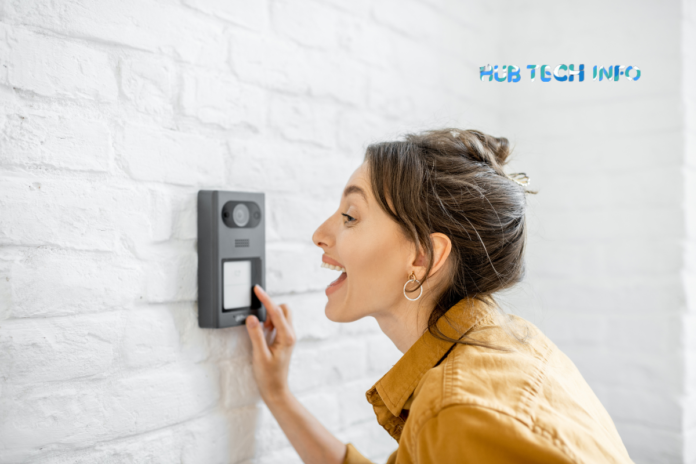Business management often includes keeping track of many moving parts, and it is a process that requires a smooth flow of information to be successful. While there are numerous communication methods that you can use, phone systems often stand out as one of the best options for most businesses. They essentially offer personalized communication in real-time and are very easy to use.
In a world where technology is advancing at a much faster pace than ever before, most businesses are now turning to cloud-based phone services like hosted VoIP (voice over internet protocol). These systems are primarily automated and often include essential features like interactive voice response (IVR) systems, auto attendants, and many other call center add-ons.
No matter how similar they might seem, these features differ from one another and should not be used interchangeably. For instance, IVR technology refers to an automated telephony system that connects callers to a self-help database. In contrast, an auto-attendant is the virtual receptionist that answers your call, takes you through the self-help menu, and links you to the correct department.
With the VoIP market size expected to continually grow at a compound annual growth rate (CAGR) of 15 percent until 2027, using an auto-attendant often helps to minimize expenses, boost efficiency, increase customer satisfaction, and improve brand awareness.
Here is everything you need to know about auto attendants.
How Does an Auto Assistant Work?
Ideally, an auto attendant is a call routing system that relies on IVR technology to offer callers a self-serve menu whenever they call your business. It is a VoIP phone system feature that helps manage high call volumes and sidestep the need for a dedicated answering service or human receptionist.
It usually allows callers to progress through or transfer their call to different extensions more efficiently. Typically, a caller can press various keys on their phone to generate dual-tone multi-frequency (DTMF) signals or touch tones that are then detected and interpreted by telephony application program interface (TAPI) to route the call desired.
Functions of an Auto Assistant
An auto-attendant feature essentially helps businesses streamline customer contact on their phone system. It is a call routing system that performs numerous unique tasks, and here are some of its primary functions:
- It greets callers by immediately informing them that they have reached your company to initiate a conversation and establish a positive professional image for your business.
- It provides callers with general information like working hours and other critical information vital to your customers.
- It uses touch-tone dialing to transfer calls to specific business departments without frustrating customers.
- Some include a dial-by-name directory feature that allows customers to connect with the correct department or person more efficiently.
What is Multi-level Auto Assistance?
A multi-level auto-attendant is an advanced feature that mainly links callers to multiple departments, agents, or call queues depending on their selection. It works more like an IVR system but uses keypad inputs instead of voice input.
Once a touch-tone entry is made, multi-level auto assistance automatically plays a pre-recorded message that gives the caller further instructions to connect to the desired department or agent. It is one of the best business phone features for large-sized organizations with numerous departments and wants to streamline customer contact without hiring a dedicated receptionist.
Its main advantage is that it helps businesses configure numerous call flows based on their immediate needs and create different auto attendants with varying profiles to make custom call experiences.
Auto-Attendant Best Practices
For your auto-attendant service feature to be practical, you must consider several factors before implementing it. Remember to chart out your entire call flow to ensure it is precise and clear. Be sure to use a professional voice talent for high-quality recordings. Also, ensure that all important information comes first and use a professional voiceover artist with a tone that matches your brand’s voice.
Over to You
Telephone systems often help streamline communications within and outside a business by offering the fastest and more personalized way to manage customer contacts. Cloud-based phone systems are increasingly becoming standard, and having essential features like the auto-attendant can help improve customer satisfaction rates and increase business efficiency.
Auto attendants refer to an automated call routing system that uses IVR technology to link callers with the correct department or agent without a receptionist or operator. While this feature makes call forwarding more efficient, you should remember that the caller will still be waiting on the other end. Therefore, you must always strive to provide your calling customers with the best experience possible. The above-discussed best practices will help make the implementation of your auto attendant seamless.
Read Also:




